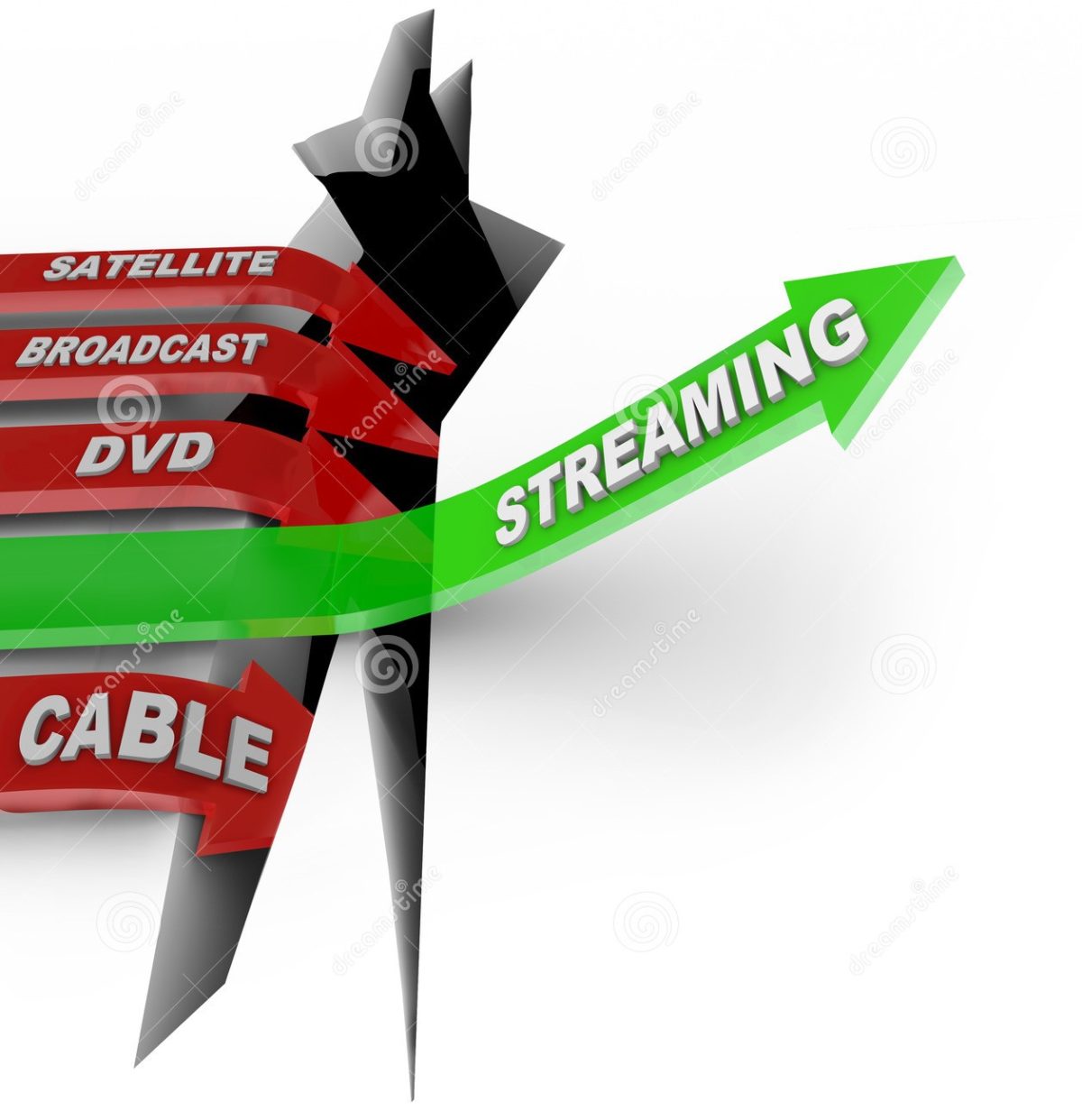Big data, it is a term that people in general vaguely know but are contributing to on a daily basis. Every day we create around 2.5 quintillion bytes of data. Of this data, 90% has been created in the last two years alone. The data is collected in a lot of different ways: sensors, shared digital pictures and videos, posts on social media sites, purchase transaction records, GPS signals and so on. The growth of data is exponential, becoming more and more rapid every year. A big part of this information remains private and of no real value. Still there is a lot of data left to analyse and as more and more objects are becoming smart and connected this amount of data will grow even faster.
This collected data can be of great value in a lot of areas like research, business or public services. The problem however is that there is so much data available that we aren’t able to cope with it. It is estimated that around 33% of all the data in the ‘digital universe’ contains information that could be valuable if it is analysed. However only 0.5% of this data is looked at. The main reason is that almost all the big data available (97%) is not structured. It is just raw data which the computer systems are not able to label and structure and make it useable.
IBM is aware of this growing problem and thinks it has the answer. It is developing and building ‘cognitive computers’. These computers will are able to understand natural language, learn about context, structure and meaning and even analyse images and video. This makes them ideal for analysing huge volumes of data. It already has a cognitive computing system called Watson, that is already very impressive and doing research in different areas. IBM’s Dr John E. Kelly III says that the cognitive computing system is able to make sense of 80% of the data that is labelled ‘unstructured’ by computer scientists.
https://www.youtube.com/watch?v=FrwFSbVj3GI
While we as human beings not have the processing power to handle constant huge amounts of data, cognitive computing does. It is therefore able to help us move forward in a lot of different ways using big data. From developing better healthcare settings to combining sales data and social media for marketing purposes to even helping local authorities combat crime. The system is effectively giving us the information we need to make the right choice and to use the right information for the best.
References
Andrews, S. (2015, December 22). Information Overload: The Big Data Problem and How to Fix It. Retrieved from http://mentalfloss.com/uk/technology/36957/information-overload-the-big-data-problem-and-how-to-fix-it
IBM. (n.d.). What is big data? Retrieved from https://www-01.ibm.com/software/data/bigdata/what-is-big-data.html
Marr, B. (2016, March 23). What Everyone Should Know About Cognitive Computing. Retrieved from http://www.forbes.com/sites/bernardmarr/2016/03/23/what-everyone-should-know-about-cognitive-computing/#42a9194e5d6e




